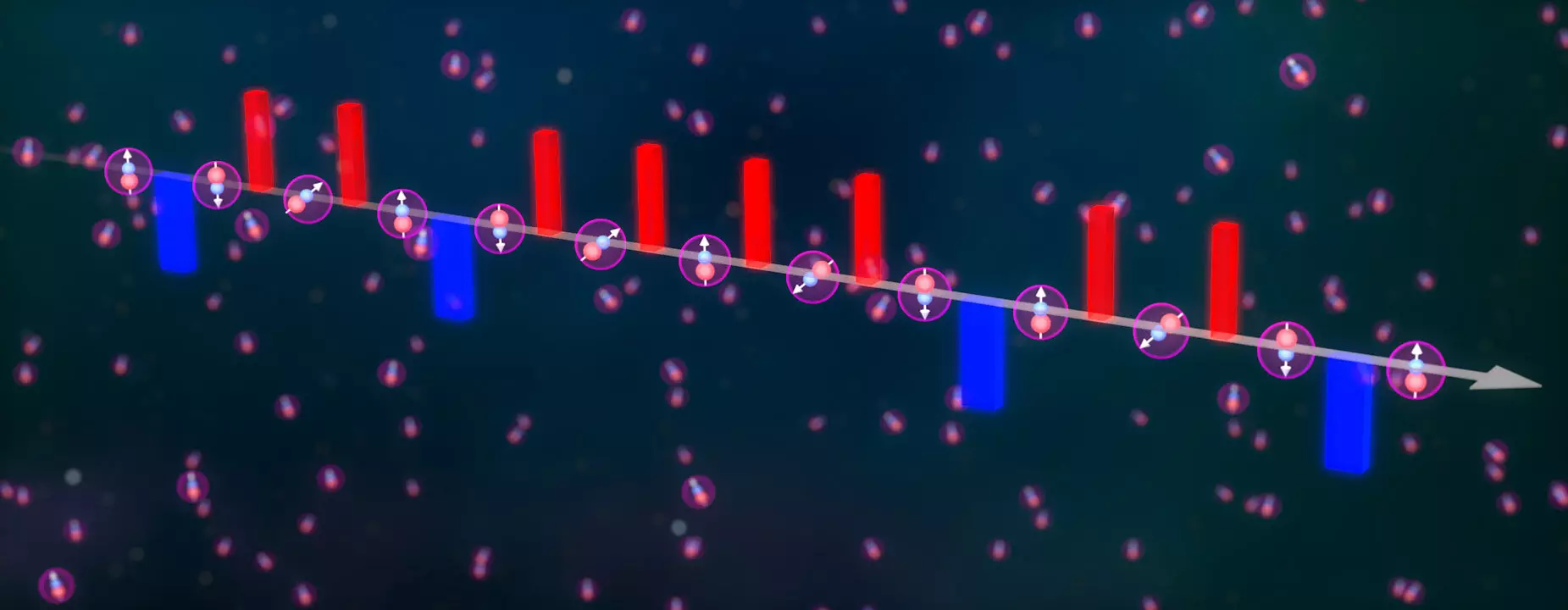Quantum mechanics, with its peculiar phenomena and complex interactions, continues to challenge our understanding of the universe. Among its many fascinating features, the interactions among quantum spins stand out due to their implications for technologies like superconductors and magnets. However, harnessing and manipulating these interactions in experimental settings has proven difficult. Recently, a collaborative study led by Jun Ye from JILA and NIST, alongside Mikhail Lukin’s team from Harvard, has made significant strides in this area through a technique known as Floquet engineering. This article will provide a deep analysis of their findings, the potential implications for quantum technology, and future avenues for research.
Floquet engineering is an innovative technique that involves using periodic disturbances—in this case, microwave pulses—to manipulate quantum systems. This process is akin to employing a “quantum strobe light” to influence the state of particles, creating intriguing effects that can enhance how these particles interact. According to the authors, this method allows for a multitude of possibilities in controlling interactions within ultracold polar potassium-rubidium molecules. By utilizing Floquet engineering, the team could develop a system where researchers had greater flexibility in how these molecules interacted, resembling the concept of managing a dance, where each dancer’s movements depend on their partners.
In their experiment, the team first encoded quantum information into the lowest rotational states of these polar molecules. This initial step is crucial because it establishes a foundation upon which they can manipulate further interactions. Building on that, the researchers used Floquet engineering to explore different interacting spin models—specifically the XXZ and XYZ models. These models are essential for understanding fundamental spin interactions, which shed light on the underpinnings of magnetic behavior in materials and other collective quantum phenomena.
A notable result from this study is the observation of two-axis twisting dynamics within the system. This phenomenon involves adjusting the quantum spins along two separate axes, which permits the creation of entangled states that could significantly enhance quantum sensing capabilities. The excitement among researchers when they observed initial signatures of this behavior underscores the uncertainties often present in pioneering scientific work. As one of the study’s authors, Calder Miller remarked, it was exhilarating to see their hypothesis manifest in stark realities just days into their experimentation.
Two-axis twisting holds the potential for revolutionary advancements in fields reliant on precision measurements, like quantum metrology. By pushing and pulling the quantum spins along multiple axes, the researchers created spin-squeezed states, which are particularly useful for enhancing sensitivity in spectroscopic applications. This characteristic of reduced quantum uncertainty—where one component’s uncertainty decreases while another’s increases—could redefine measurement standards and techniques in various scientific fields.
While the study has been a successful demonstration of Floquet engineering and its utility for two-axis twisting, the researchers recognize it as just the beginning. The next logical step involves enhancing their detection methods to confirm the generation of entangled states. This journey encapsulates a broader narrative within quantum research, often characterized by excitement and uncertainty as scientists navigate through uncharted territories.
Beyond simply observing and manipulating quantum states, these advancements could offer deeper insights into various unexplored realms of physics. As Calder Miller pointed out, the ability to engineer interactions in polar molecules may allow researchers to probe new physical phenomena, thereby expanding our understanding of the fundamental principles governing quantum systems.
The researchers’ collaboration between different institutions also highlights a vital aspect of contemporary science—the importance of multidimensional teamwork in overcoming complex challenges. By combining unique expertise and methodologies, researchers can tackle the intricacies of quantum mechanics more effectively than ever before.
The work conducted by Jun Ye and his collaborators paves the way for significant advancements in the field of quantum technology. By leveraging Floquet engineering to manipulate ultracold polar molecules, they have opened doors to elaborate on concepts like two-axis twisting, which promises to enhance quantum sensing and measurement techniques. As researchers continue this exciting endeavor, their findings will undoubtedly contribute to a deeper understanding of quantum mechanics and its many fascinating implications. The journey of inquiry is ongoing, fueled by creativity, collaboration, and an unyielding quest for knowledge amid the complexities of the natural world.


Leave a Reply